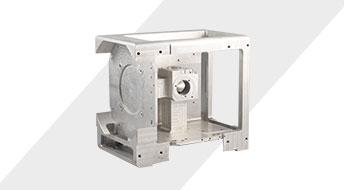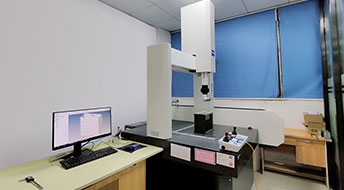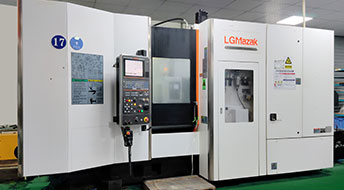Programming skills
1) The processing sequence of the parts: drilling first and then flat end (this is to prevent shrinking when drilling); first rough turning, then finishing (this is to ensure the accuracy of the parts); first processing the larger tolerance and the final processing tolerance ( This is to ensure that the surface of the small tolerance size is not scratched and prevent deformation of the parts).
2) Choose a reasonable speed, feed rate and cutting depth according to the hardness of the material, summarized as follows:
1. The carbon steel material chooses high speed, high feed rate and large cutting depth. Such as: 1Gr11, select S1600, F0.2, cutting depth 2mm;
2.Hard alloy chooses low speed, low feed rate and small cutting depth are selected for cemented carbide. Such as: GH4033, select S800, F0.08, cutting depth 0.5mm;
3.Titanium alloy choose low speed, high feed rate and small cutting depth for titanium alloy. Such as: Ti6, select S400, F0.2, and cut depth 0.3mm.
Knife setting skills
Tool setting is divided into tool setting instrument setting and direct tool setting. Most lathes do not have a tool setting instrument, and are direct tool setting. The following tool setting techniques are direct tool setting. First select the center of the right end face of the part as the tool setting point and set it as the zero point. After the machine returns to the origin, each tool that needs to be used will be set with the center of the right end face of the part as the zero point; when the tool touches the right end face, enter Z0 and click to measure. The measured value will be automatically recorded in the tool compensation value of the tool, which means that the Z-axis tool setting is done, and the X tool setting is a trial cutting tool setting. The outer circle of the part is reduced with the tool, and the value of the outer circle of the machine is measured ( If x is 20mm) input x20, click Measure, the tool compensation value will automatically record the measured value, then the x axis is also correct; this method of tool setting, even if the machine is powered off, the setting will not change after the power is turned on. The tool value is suitable for mass production of the same part for a long time, during which the lathe is closed and there is no need to recalibrate the tool.
Debugging skills
After the parts are programmed, the tool needs to be trial cut and debugged. In order to prevent errors in the program and error in the tool setting from causing machine collision accidents, we should first perform idle stroke simulation processing, and perform the calibration in the coordinate system of the machine tool. The tool moves to the right by 2-3 times the total length of the part; then start the simulation processing. After the simulation processing is completed, confirm that the program and tool setting are correct, and then start processing the part. After the first part is processed, self-check first to confirm that it is qualified , Then look for a full-time inspection and inspection, after the full-time inspection is confirmed to be qualified, this means that the commissioning is over.









